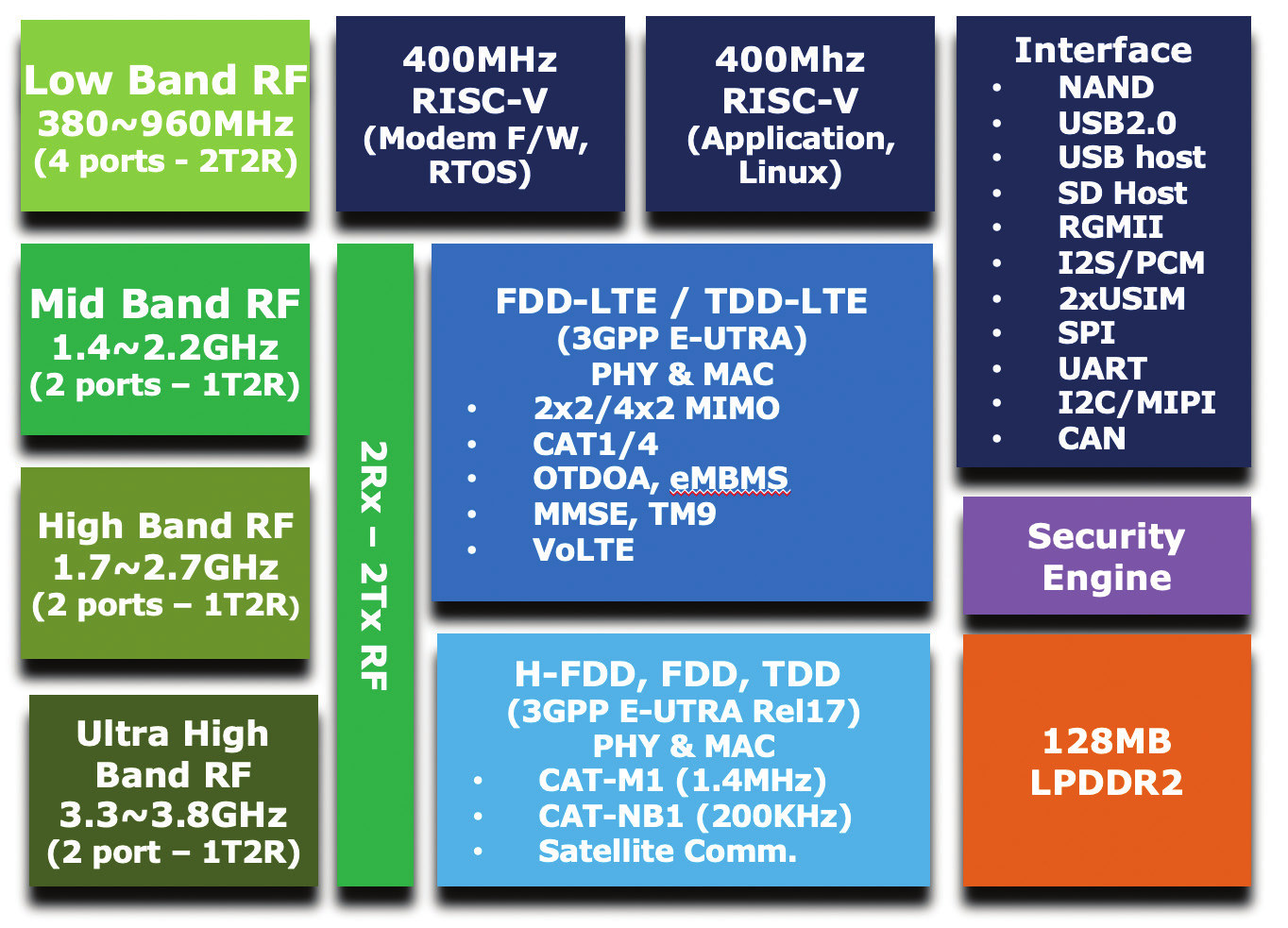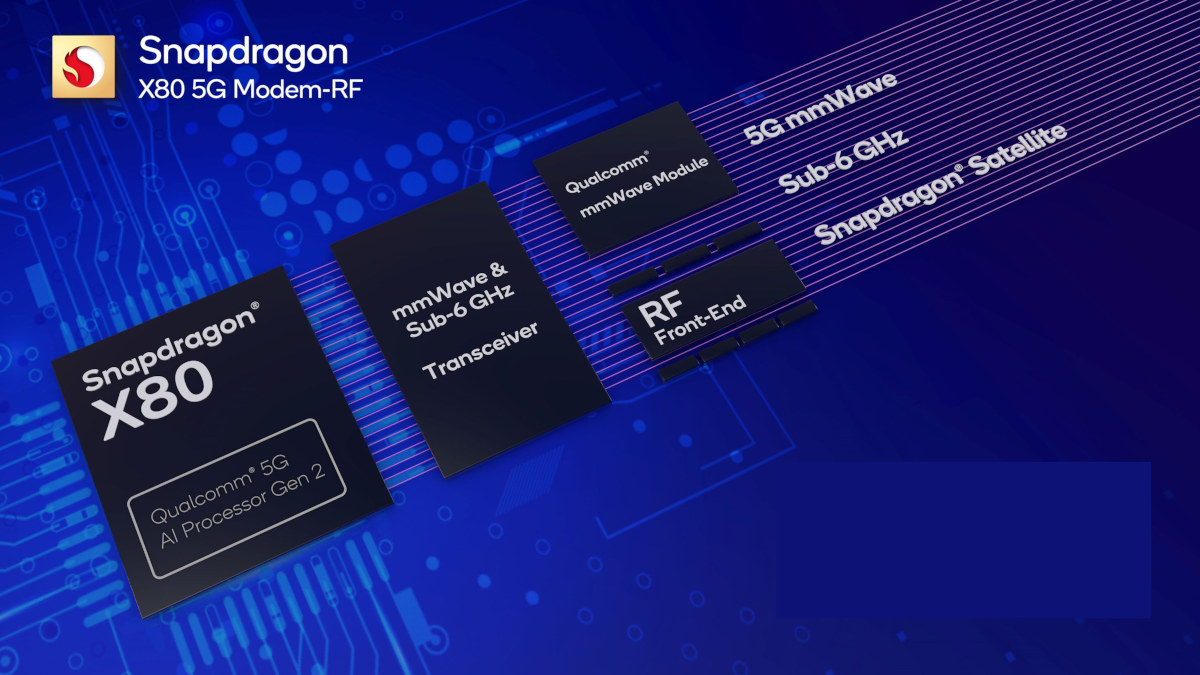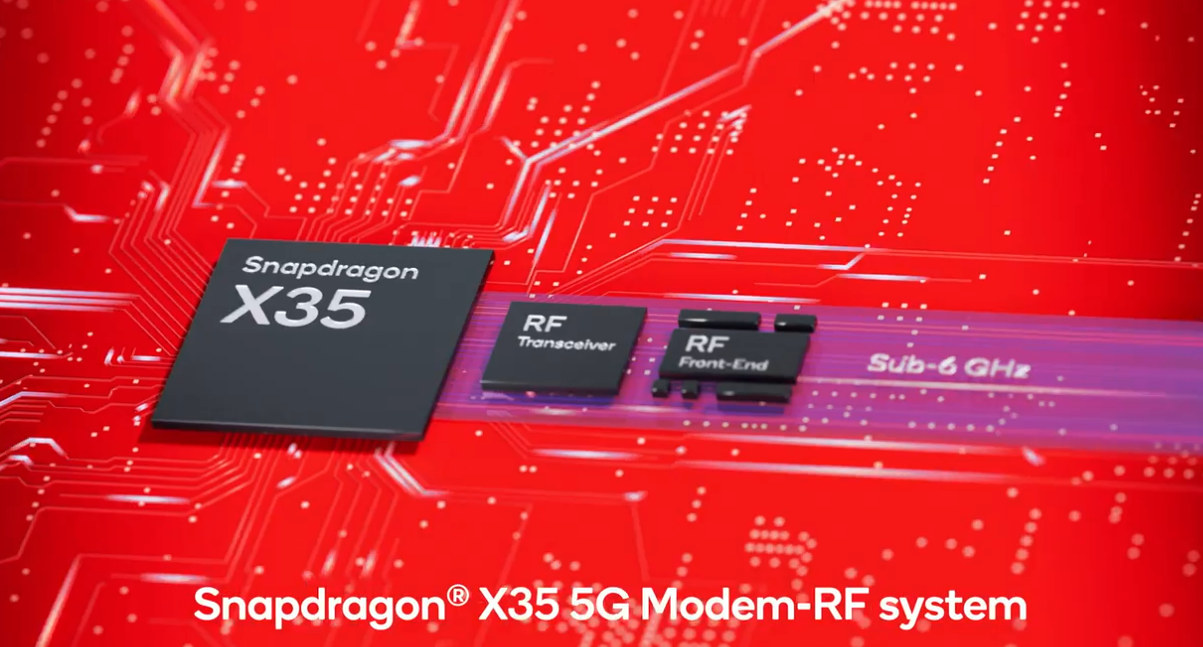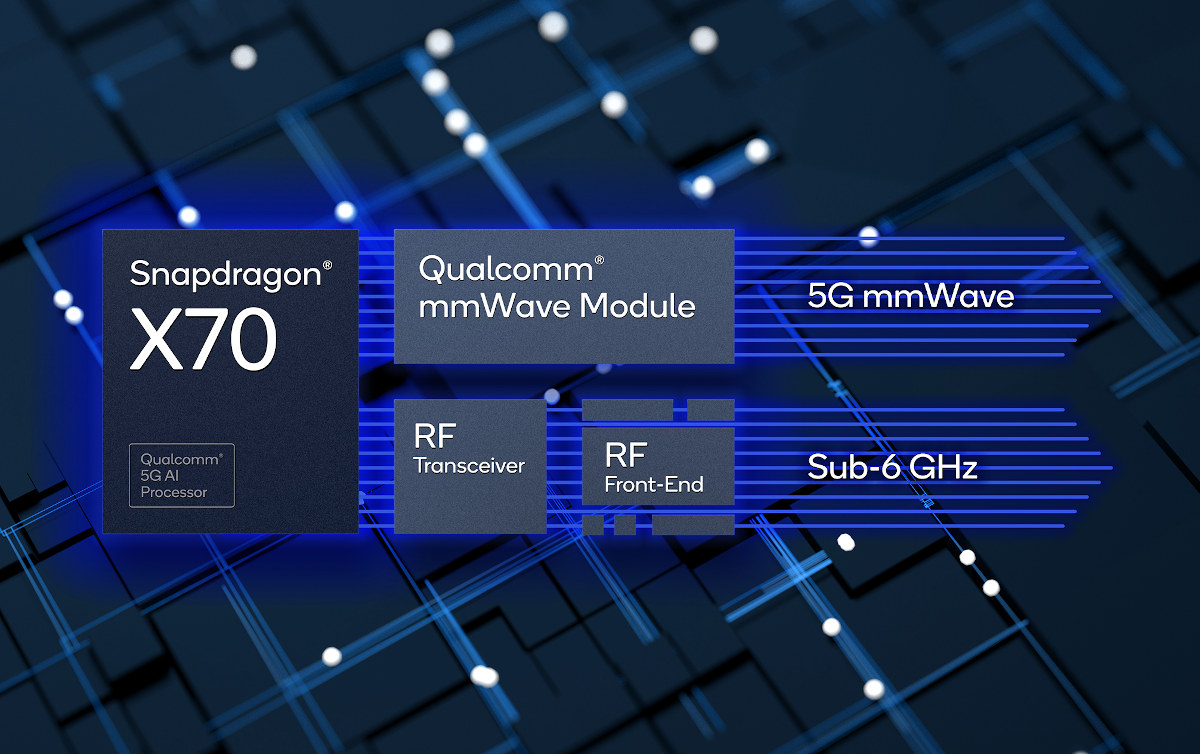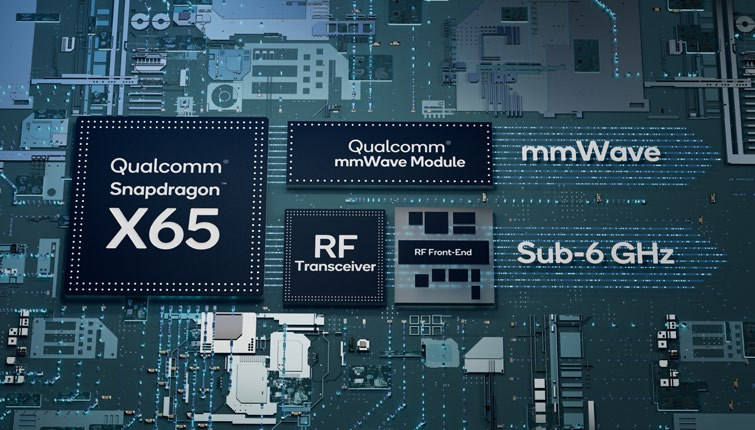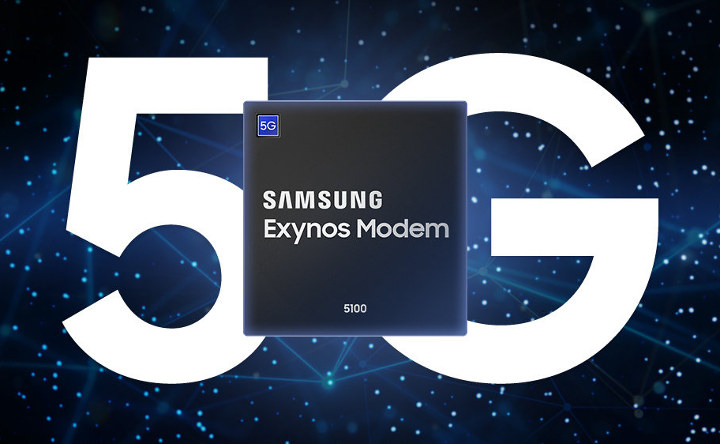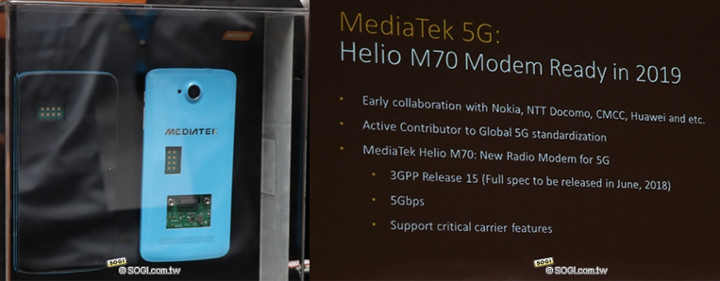CT Semiconductor Holding GDM7243SL is a multi-mode 5G/4G LTE IoT modem with two 400 MHz RISC-V cores capable of operating in Cat 4, Cat 1bis, Cat M1, Cat NB1/NB2 (NB-IoT) and non-terrestrial networks (NTN) in order to work anywhere on earth. If I remember correctly, one of the first commercial RISC-V SoCs I saw was a storage controller from Western Digital introduced in 2019. But since then, we’ve seen more and more RISC-V chips come to market from entry-level microcontrollers up to Linux-capable application processors, and even chips for datacenters that are out of the scope of topics covered on CNX Software. But with GDM7243SL, I think it’s the first time I’ve encountered a RISC-V modem, so let’s have a closer look. There are two models, the GDM7243SL1 and GDM7243SL2, with different memory and storage options, and the L1 lacks support for LTE Cat 4. GDM7243SL key features: CPU 400 […]
Qualcomm unveils Snapdragon X80 5G modem with NB-NTN satellite connectivity, AI Hub, and FastConnect 7900 WiFi 7 chip
Mobile World Congress 2024 (MWC 2024) has just started, and Qualcomm had three major announcements with the introduction of the Snapdragon X80 5G modem with NB-NTN satellite connectivity, the Qualcomm AI Hub with over 75 AI models optimized for Snapdragon processors, and the FastConnect 7900 WiFi 7, Bluetooth, and Ultra Wideband (UWB) chip. Snapdragon X80 5G modem-RF system Snapdragon X80 5G modem specifications: Peak download speed – 10 Gbps Peak upload speed – 3.5 Gbps Cellular Modem-RF Specs – 10CC aggregation in mmWave, 5CC aggregation in 5G sub-6GHz Cellular Technology 5G NR, sub-6 GHz Dynamic Spectrum Sharing (DSS) LTE, WCDMA, LAA, TD-SCDMA, GSM/EDGE, CBRS mmWave, sub-6 carrier aggregation (FDD-FDD) sub-6 carrier aggregation (TDD-TDD), 5G FDD, 5G TDD, sub-6 carrier aggregation (FDD-TDD) 5G SA (standalone), 5G NSA (non-standalone) F + F ULCA, FDD UL MIMO, Switched Uplink, 3GPP R18-ready (5G Advanced-ready), 6x CA sub-6 downlink carrier aggregation, 1024-QAM sub-6, FR1 + […]
Qualcomm Snapdragon X35 modem to bring 5G NR-Light to smartwatches, industrial IoT, XR glasses
Only a few years ago, 5G was only found in premium smartphones, but with the launch of the Snapdragon X35, Qualcomm aims to bring 5G cellular connectivity to wearables, industrial IoT applications, and eXtended Reality (XR) glasses. The Snapdragon X35 specifically supports 5G NR-Light, aka RedCap, which is described as ” a new class of 5G” that “fills the gap in between high-speed mobile broadband devices and extremely low-bandwidth NB-IoT devices” and delivers link rates of up to 220 Mbps. Snapdragon X35 modem key features and specifications: Cellular Technology: 5G NR-Light, FDD, SA (standalone), TDD, sub-6 GHz, HD-FDD, LTE Multi-Mode NR – Sub-6 SA, LTE Cat 4 3GPP Release 17 “RedCap” modem Number of Antennas: 1 Tx antenna, 2 Rx antennas Cellular Modem-RF Specs: 20 MHz bandwidth (sub-6 GHz), 1RX/2RX, 1TX, and Half-Duplex FDD (HD-FDD) Calling Services: VoLTE, VoNR Peak Upload QAM – 64 QAM Peak Upload Speed: 100 Mbps […]
Snapdragon X70 5G modem leverages “AI” to reach 10 Gbps
Qualcomm has announced their latest 5G modem with the Snapdragon X70 that is said to “uses the power of AI” to enable 5G speeds up to 10 Gbps, wider coverage, low latency, and higher power efficiency. The company explains the Qualcomm 5G AI Suite enables AI-powered optimizations of sub-6 GHz and mmWave 5G links on the Snapdragon X70 through various techniques: AI-based channel-state feedback and dynamic optimization AI-based mmWave beam management for superior mobility and coverage robustness AI-based network selection for superior mobility and link robustness AI-based adaptive antenna tuning for up to 30% improved context detection for higher average speeds and coverage That’s about all the details we have about the “artificial intelligence” part, and I’m not convinced neural networks are actually used here. For reference, the previous generation Snapdragon X65 was also sold as a 10Gbps 5G modem, but maybe Snapdragon X70 can achieve high speeds more reliably. […]
Snapdragon X65 is the world’s first 10 Gigabit 5G modem
Announced in 2017, the first Qualcomm 5G modem – named Snapdragon X50 – could achieve up to 5 Gbps downloads, it was following by Snapdragon X55 with peak download speeds of 7 Gbps, and Snapdragon X60 upped that to 7.5 Gbps in 2020. The company has now unveiled its fourth-generation 5G modem with Snapdragon X65 promising up to 10 Gigabit per second peak download speed. The new modem is also said to be the first to feature a 3GPP Release 16 modem-to-antenna solution and may be used in mobile broadband, fixed wireless, industrial IoT, and 5G private network applications. Qualcomm Snapdragon X65 key features and specifications: 10 Gbps peak speeds in 5G standalone and non-standalone modes 3GPP Release 16 support Cellular Technology – 5G NR, LTE, WCDMA (DB-DC-HSDPA), TD-SCDMA, CDMA 1x, GSM/EDGE 5G Spectrum – mmWave-sub6 aggregation, sub-6 carrier aggregation (FDD-TDD, FDD-FDD, TDD-TDD), Dynamic Spectrum Sharing (DSS) 5G Modes – […]
Qualcomm Announces Snapdragon X55 Second Generation 5G Modem
Several 5G smartphones based on Snapdragon 855 processor and Snapdragon X50 5G modem have been announced, but AFAIK none have shipped to end users. But Qualcomm has already announced their second generation 5G NR (New Radio) modem with Snapdragon X55, which the company claims is “the world’s most advanced commercial multimode 5G modem”. Manufactured with a 7-nm process, Snapdragon X55 is a single-chip modem that supports 2G, 3G, 4G, and 5G NR mmWave and sub-6 GHz spectrum bands with up to 7 Gbps download speeds and 3 Gbps upload speeds over 5G, and up to 2.5 Gbps download speeds over LTE (Category 22) The model supports TDD and FDD modes, is capable of Standalone (SA) and non-standalone (NSA) network deployments, and can handle dynamic spectrum sharing delivering both 4G & 5G services dynamically. The Snapdragon X55 5G modem pairs with the new QTM525 5G mmWave antenna module, as well as […]
Samsung Unveils Exynos Modem 5100 with 5G, 4G, 3G, and 2G Connectivity
5G will start being deployed sometimes next year, and we’ve already seen announcement of several 5G modem chips including Qualcomm Snapdragon X50, Mediatek Helio M70 , and Huawei Balong 5G01. Samsung has now announced their own 5G cellular modem chip with Exynos Modem 5100. Specifications: 5G NR – Sub-6GHz, mmWave Supported Modes (Backward compatibility) 4G – LTE-FDD, LTE-TDD 3G – HSPA, TD-SCDMA, WCDMA 2G – CDMA, GSM/EDGE Downlink Features 8CA (Carrier Aggregation) in 5G NR up to 6 Gbps (mmWave) and up to 2Gbps (Sub-6GHz) 8CA (Carrier Aggregation) in LTE up to 1.6 Gbps 4×4 MIMO FD-MIMO Up to 256-QAM in sub-6GHz Up to 64-QAM in mmWave Uplink Features 2CA (Carrier Aggregation) in 5G NR 2CA (Carrier Aggregation) in LTE Up to 256-QAM in sub-6GHz Up to 64-QAM in mmWave Process – 10nm FinFET Process (10LPP) The Exynos Modem 5100 is compliant with 5G NR (New Radio) standard defined by […]
MediaTek Helio M70 5G Modem to Launch in 2019
5G cellular technology is now being tested, and the first deployment should start next year (2019) in some countries. We’ve also seen 5G cellular modems or 5G capable SoCs with products such as Qualcomm Snadragon X50, Huawei Balong 5G01, NXP QorIQ LA1575, or MIPS I7200, as well as 5G indoor small cells from Ericsson. Unsurprisingly, MediaTek has also been working on their 5G solution, and one of their first product will be Helio M70 5G Modem. MediaTek gas already collaborated with Nokia, NTT Docomo, China Mobile (CMCC), Huawei and others companies, and Helio M70 5G radio modem is compatible with 3GPP Release 15, supports data rates up to 5Gbps, as well as “critical carrier features”. Helio M70 will be fabricated using TSMC’s 7nm process (EUV technology), and shipments are expected to start in 2019. However, DigiTimes reports the company does not expect to sell many 5G modems in 2019, and instead […]


